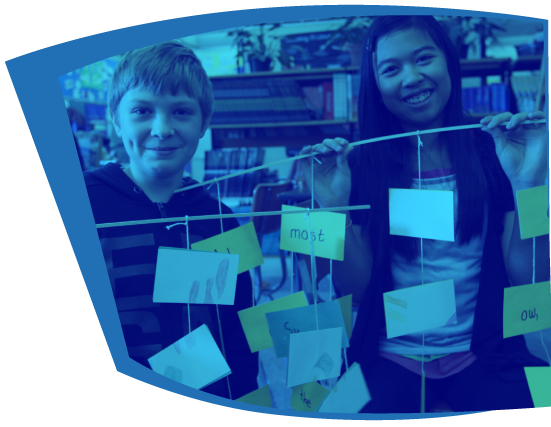Secondary
BC's educational curriculum
The B.C. curriculum is flexible and focuses on literacy, numeracy, and the First Peoples Principles of Learning. The curriculum also supports deeper learning through concept-based and competency-driven education. The goal of the curriculum is to support the development of educated citizens who are critical and creative thinkers and communicators, and who are personally and socially responsible in all areas of their lives. The curriculum supports the ways in which students think, learn, and grow, and prepares them for a lifetime of successful learning in a world where change is constant. – K-12 Student Reporting Policy, (p. 6)
Communicating Student Learning
The goal for reporting remains the same: ensuring students and families are well-informed about student learning, including strengths and areas for growth in literacy, numeracy, critical and creative thinking, and the subjects across the curriculum. Our hope is to strengthen reciprocal communication and connection between home and school.
Written Learning Updates and the Summary of Learning (Report Cards)
The new reporting order uses some new language around reporting. Report cards are now called Written Learning Updates and the final report card in June is called the Summary of Learning.
- There will be two written learning updates (report cards) per semester: November and January; April and June.
- Teachers will provide two informal learning updates per semester. An interim in October and March, and an optional family-student-teacher conference once per semester.
Format:
- In grade 8 and 9, teachers will use the provincial four-point proficiency scale to report on student learning in each subject area: Emerging, Developing, Proficient, Extending.

- In grade 10-12 teachers will continue to use percentages to report on student learning.
- The new policy specifies that student behaviour will not be included in a student’s grade (proficiency scale or percentage), but should be addressed in descriptive feedback if necessary.
- Feedback continues to be strengths-based, highlighting where students are at, as well as next steps for learning.
- Students will self-reflect on the core competencies and will set goals at least three times a year. Schools will indicate how this took place on the November, April, and June report cards.
More information for families regarding the Graduation Status Update
Core Competencies
Students will complete a self-assessment of the Core Competencies. These will take place three times over the course of the school year:
- During the Written Learning Updates in November
- During the Written Learning Updates in April
- During the Summary of Learning in June
All secondary students will complete the Core Competencies self-assessments as a digital portfolio through SpacesEDU. Student families will receive an email from VSB with a link to your child's digital portfolio. If you don't receive an email, it means that your child did not complete their self-assessment. Please connect with your school administration if you have questions.
Reporting schedule
Semester 1
Communication | Timing |
Informal Learning Update (Interim) | October |
Written Learning Update | November |
Informal Learning Update (conference) | Date to be set by school |
Written Learning Update | Early February (following the end of Sem 1) |
Semester 2
Communication | Timing |
Informal Learning Update (Interim) | March |
Written Learning Update | April |
Informal Learning Update (conference) | Date to be set by school |
Summary of Learning | June |
For Year-long (linear) courses
Communication | Timing |
Informal Learning Update (Interim) | November |
Written Learning Update | Early February |
Informal Learning Update (conference) | Date to be set by school |
Written Learning Update | April |
Summary of Learning | June |

